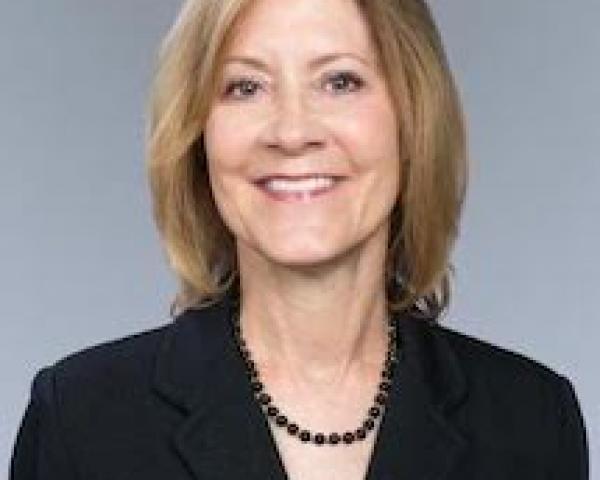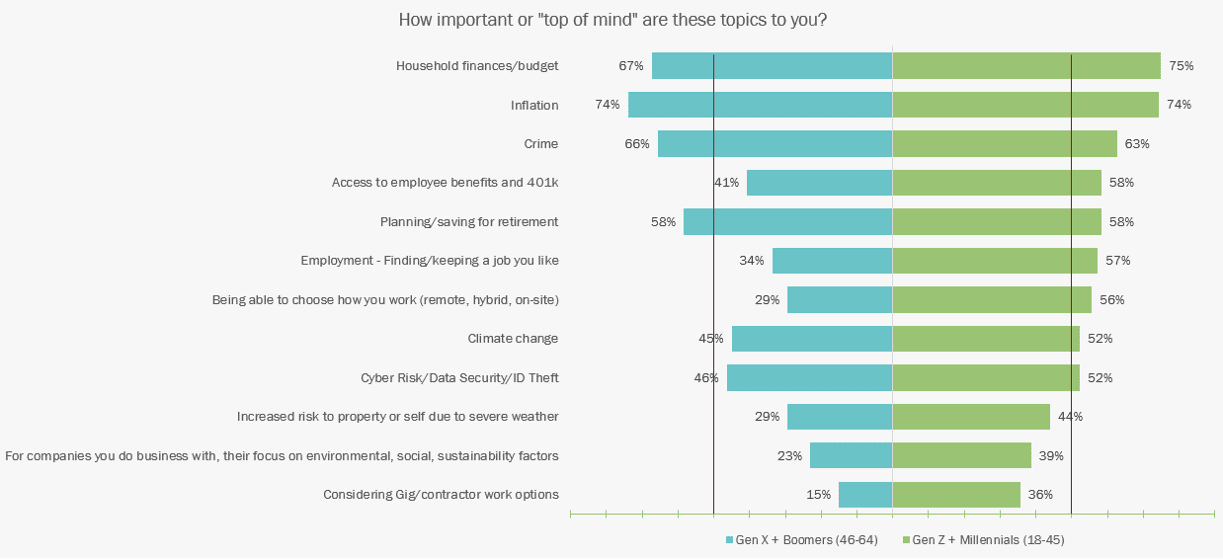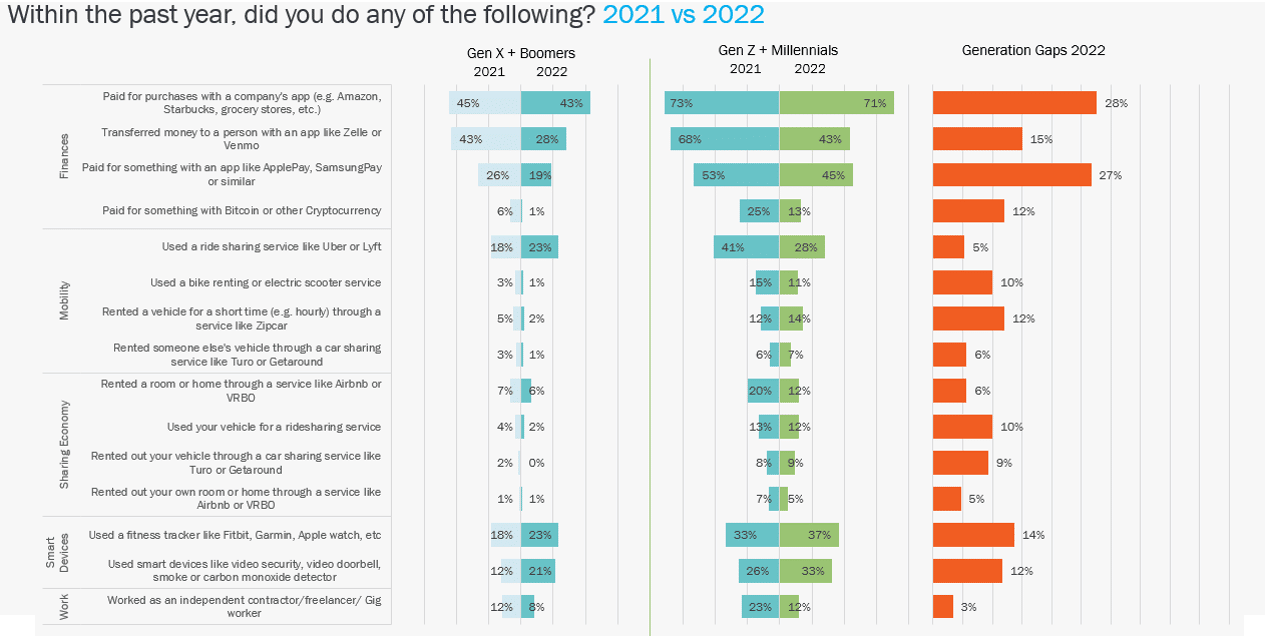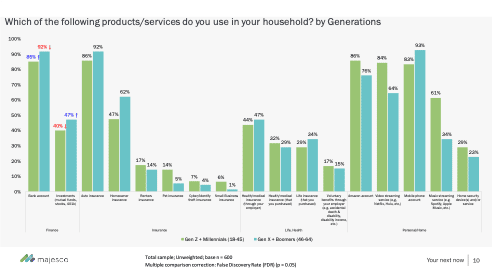KEY TAKEAWAYS:
--Convergence means many parts of the industry are consolidating, and strategic partnerships are proliferating. Platforms and marketplaces are springing up and bringing many product offerings together. Home life and the workplace are converging, as are technologies such as those that enabled the smartphone.
--Today's insurance services will become increasingly obsolete. Drawing on technology, insurers are already shifting their value proposition from “repair and replace” to “predict and prevent.” This shift will change almost every aspect of insurance, including skills requirements, product design, distribution and pricing models.
----------
The violently disruptive and confusing shifts we are all experiencing are in large part a result of accelerating convergence.
According to Marc Benioff, founder, chairman and CEO of Salesforce, “The world is being re-shaped by the convergence of social, mobile, cloud, big data, community and other powerful forces.”
Another perspective on the same phenomenon comes from Chunka Mui, author, futurist and innovation expert: “We have the good fortune and awesome responsibility of sitting at the inflection point of the Fourth Industrial Revolution. For better or worse, ever better and cheaper technological building blocks, including pervasive connectivity and computing, AI, robotics and genomics, are blurring the lines of the physical, digital and biological worlds. They are already reshaping industries and societal patterns, and the transformation is accelerating.”
This convergence is taking place across all industries, products, services and technologies. Its influence extends to the blurring of the previously clear separation of our work and personal lives, giving rise to the current focus on work/life balance.
Convergence and the Insurance Industry
Insurance is one of the larger industries to have significant exposure to these shifts, given the dependency on accurately predicting and managing risk and on the broad and diverse customer base, and we are already seeing the effects of this convergence.
In the financial services industry, convergence is bringing together banks, credit institutions, wealth management and insurers to develop products that combine the elements of each sector.
Consolidation of market share is another form of convergence, as the big get bigger. The $800 billion U.S. property & casualty insurance industry is highly consolidated, with 2% of carriers holding between 50% and 75% market share across most lines of business. This consolidation has caused many supply chain segments in the insurance ecosystem to themselves consolidate to meet the many new and different needs and expectations of these large national carriers.
In the estimated $500 billion U.S. auto insurance ecosystem, several highly fragmented segments, including collision repair, auto glass, insurance replacement car rental, salvage management, towing, third party claims administration and independent appraisal and adjusting, are seeing significant consolidation because of investors with access to large pools of capital. While thousands of these individual businesses controlling billions of dollars in revenues have already been consolidated, the process still has a long way to run in most segments.
See also: The Power of Ecosystem Transformation
Strategic Alliances and Partnerships, Mergers and Acquisitions
Alliances and partnerships between participants in the insurance ecosystem are the result of, and precursors to, convergence. Historically, fewer alliances and partnerships existed because management believed that their company’s core competencies were competitive differentiators, and the “not invented here” prejudice was prevalent. The most progressive of companies may have collaborated with others, but nothing more formal than that.
As industry consolidation proceeded, new participants came to market leveraging new technologies, and competition in general heated up. Partnerships and alliances became recognized as valuable and eventually necessary. Similarly, mergers and acquisitions became attractive strategies to further formalize these benefits. One good example of this evolution is CoreLogic’s partnership with, minority investment in and ultimately acquisition of the property claims information software provider Symbility in 2018. The acquisition has helped CoreLogic compete with Verisk and its Xactware property estimating solution suite.
Management began to recognize the value of these combinations in product development, speed to market, rationalization of duplicated overhead and acceleration of revenue. In some cases, partnerships with especially attractive companies were defensive, as suitors sought to keep these companies out of the hands of their competitors.
Platforms and Marketplaces
Other more indirect forms of alliances and partnerships are emerging in the insurance industry in the form of so-called platforms and marketplaces. The most-recognized of these “hybrids” are the platforms created by insurance core system providers such as Guidewire, Duck Creek, Majesco and Sapiens. These companies are enabling third party information and service providers to integrate into their core systems and thereby become easily accessible to hundreds of common insurance clients, thus avoiding lengthy, resource-intense, one-to-one integrations. Some of these core system software providers have begun acquiring the more attractive and popular of these third party partners (e.g., Guidewire’s 2021 acquisition of HazardHub and Duck Creek’s 2023 acquisition of Imburse).
Other examples of platforms that focus more on claims, especially auto physical damage claims, include CCC Intelligent Solutions, Mitchell Enlyte and Solera/Audatex. All have numerous strategic partnerships with multiple third party providers, with many integrated into core claims solutions and linked to their common customers for ease of access and use. We expect to see many more of these strategic alliances, some of which may well result in acquisitions and further market consolidation by these claims information services and solutions providers.
OEMs and Insurance
Car makers, otherwise known as OEMs (original equipment manufacturers), auto insurers and software developers are converging. Most OEMs have partnerships with insurance companies around auto insurance distribution and repairs, even as some are simultaneously focused on developing their own bespoke auto insurance operations.
OEMs are developing certified repair networks in which collision repair shops that follow OEM repair guidelines are “certified” to perform repairs on those brands. This certification includes the use of OEM parts, as opposed to the less expensive alternative parts, which insurers frequently prefer. And today’s vehicles are essentially computers on wheels, as OEMs pursue subscription software models in which consumers pay for specific premium auto features “over the air” on a monthly basis. OEMs believe the market size for subscriptions will be in the tens of billions of dollars by 2030.
Telematics-enabled products are also converging as vehicle-installed software and programs and motion detection data resident on smartphones are aggregated. These hybrid solutions will enable greater functionality and reliability for solutions such as accident notification, emergency response and crash detection, which will be heavily monetized by auto insurers, OEMs and others.
Workplace Convergence
For most of us, our workplaces and our homes converged during the pandemic, and for many of us that continues to be the case, either partially or completely. The implications of the shift to “work from home” are felt by the insurance industry in more ways than by most industries. Being so historically labor-intense, insurance companies own more physical facilities than most other industries, but that is changing rapidly. Most notably, Allstate insurance, one of largest personal insurers in the U.S., recently sold its entire 2 million-square-foot headquarters campus in the Chicago area.
Technology Convergence
The smartphone is a prime example of technology convergence, in which several previously separate technologies (telephones, wrist watches, digital cameras, computers, web browsers and GPS navigators) were fused into a single easily portable device.
Data convergence has increased as AI software programs became capable of processing huge volumes of data into actionable information.
According to a report published by Dell Technologies with the Institute for the Future, 85% of the jobs that will exist in 2030 hadn't even been invented when the analysis was done in 2018.
Likewise, the insurtech movement and the large amounts of capital invested in it over the past 10 years caused convergence between technology and insurance. While perhaps not the upending of the insurance industry that some had predicted, the movement has certainly accelerated adoption of digitization and automation in insurance processes and the leveraging of big data and analytics.
See also: Insurtech: Not Dead but Different
Future of Insurance
In such a changing world, today's insurance services will become increasingly obsolete. Drawing on technology, insurers are already shifting their products and value proposition from “repair and replace” to “predict and prevent.” This shift will fundamentally change almost every aspect of insurance, including skills requirements, product design, distribution and pricing models.
Embedded insurance represents both new insurance products and new distribution channels. Similarly, episodic insurance (e.g. travel interruption insurance) is a new insurance product enabled by technology and delivered digitally.
Managing Convergence
Perhaps the most powerful convergence of all is the convergence of the future and the present. The speed of technology-enabled advancements continues to accelerate, and what was new only yesterday is replaced by even more important advancements today. This is as true in the insurance ecosystem as it is in every other industry. The basic question for insurers and others is – how do you manage your business in a world where planning based on historical experience and reasonable expectations is continually being proven unreliable?
To manage convergence, companies will need to be excellent at anticipating the future, innovating beyond their core and transforming their capabilities as rapidly as technology can enable it. This will require leadership to become expert change managers, encourage innovation in more powerful and practical ways with more than just lip service, ensure that the entire workforce is future-ready, develop more powerful intelligence-gathering capabilities to better anticipate and respond to competitive threats and communicate core strategies and changing priorities in a frequent and highly articulate manner. It will be necessary to have every employee understand that it will be a new and very different ballgame.
These skills will define the winners in a rapidly converging world.

























